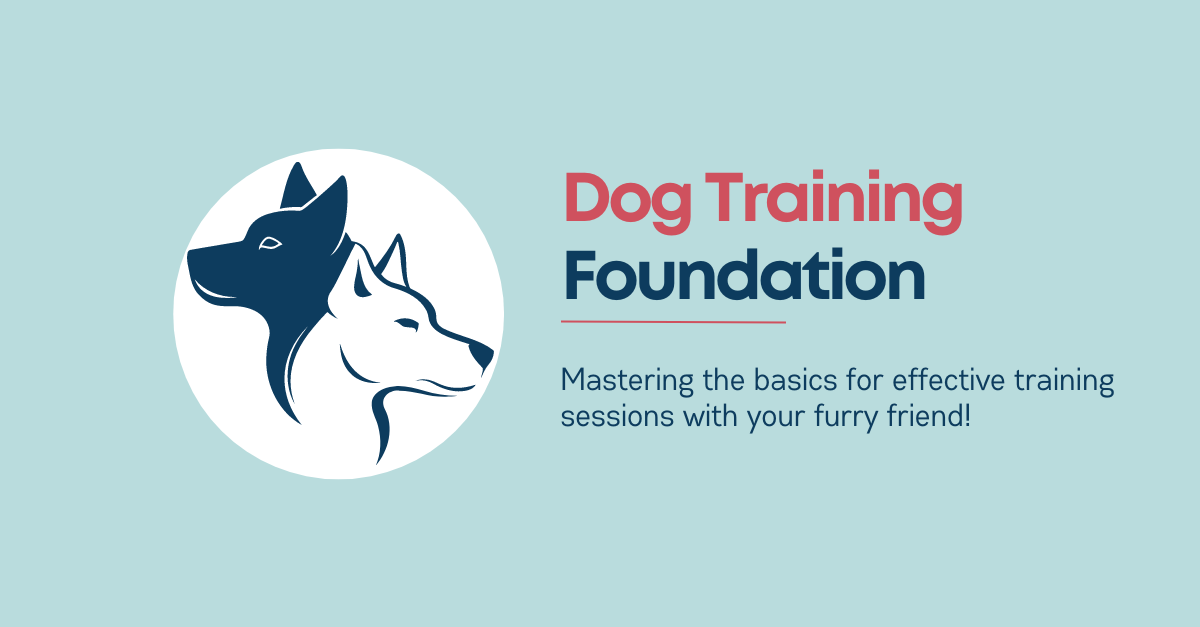Introduction
Training your pet through basic obedience exercises not only strengthens their desired behaviours but also fosters a deep bond between you and your furry friend. While our focus will be on dogs, the principles can be applied to various animals, from cats to rats. Every seasoned dog trainer knows these concepts well! For a deeper dive into the dog training scene in Singapore, check out our separate article. Here’s a step-by-step guide to help you shape and reinforce your pet’s behaviour effectively.
Step 1: Wait for the Behaviour to be Offered, and Reward It Timely
Behaviour in animals is variable, meaning different behaviours are expressed at different times. To reinforce a desired behaviour, we apply the principle of operant conditioning: a behaviour that results in a reward is more likely to be repeated.
Start by waiting for the behaviour to be offered naturally. When it happens, reward your pet promptly. This teaches them that good things follow certain actions.
Step 2: Shape the Behaviour
What if the behaviour isn’t being offered? It’s not always practical to wait for a behaviour to happen randomly. This is where shaping comes in.
To shape a behaviour like “sit,” you can guide your dog by using a treat. Hold the treat just above their nose and move it back towards their head. As they follow the treat, their bottom will naturally touch the ground. The moment this happens, reward them with the treat. This process, known as luring, helps the dog understand that sitting leads to rewards.
For even more precision, use a conditioned reinforcer, such as a clicker, to mark the exact moment the behaviour occurs.
Step 3: Add a Cue
Once the behaviour is repeatable, it’s time to introduce a cue. Observe when the behaviour is about to be expressed, and say the cue word before it happens.
The sequence should be: say the cue, lure the dog into sitting, and then reward. Repeating this process will help the dog associate the cue with the action.
Step 4: Remove the Lure
When the behaviour becomes consistent, try cueing it without using the lure. If the dog sits upon hearing the cue, reward generously. This shows your pet that they can choose to perform the behaviour independently and still receive a reward, strengthening the association even further.
Step 5: Be Generous and Strict with the Reward
Dogs thrive on clear rules and structure. While it’s important to be generous with rewards, it’s equally crucial to be consistent. If your dog performs a variation of the desired behaviour, such as a half-sit or an incorrect posture, do not reward it. This consistency teaches them that only the correct behaviour earns a reward.
Timing of the Reward is Key
Correct timing is essential for effective reinforcement. For instance, if your dog sits and then stands up, rewarding them after they stand will teach them that standing up is the desired behaviour. Make sure the reward coincides precisely with the desired action. Conditioned reinforcers, like clickers, can be especially helpful in achieving this precision.
Step 6: Review and Iterate
As your training progresses, especially with more complex behaviours, different variations may arise. Here, a judgement call is necessary—decide whether to accept and reward the new behaviour or to wait for the correct one.
To be consistent, you must have a clear idea of what behaviour you want your dog to exhibit. If you’re unsure, your dog will be too. However, it’s natural not to anticipate everything upfront. As new behaviours appear, update your rules to ensure consistency.
Step 7: Wean off the Treats
Once the behaviour is well-established and the cue reliably prompts the desired action, you can begin to phase out the treats. Continue to provide low-value rewards, such as praise or petting, to maintain the behaviour.
Eventually, switch to an intermittent reward system. Like a gambler chasing a win, your dog will continue to perform the behaviour even if rewards are occasional. This method ensures the behaviour remains strong and resistant to extinction.
Step 8: Increase the difficulty
Once your pet has mastered the desired behavior in a controlled environment, it’s time to up the ante. Introducing new challenges, such as practicing the behavior in different settings, adding distractions, or executing the cue from a distance, can strengthen your pet’s response and ensure reliability. Start with minor changes and gradually increase the difficulty to avoid overwhelming your pet. This step helps solidify the behavior, making it more robust and dependable, regardless of the environment or situation.
Thank You
We hope you found these steps useful. These principles form the basics of obedience training, assuming no underlying classical conditioning issues are present. If you need further assistance, please reach out to Pet Coach SG for our Good Canine Citizen Programme, designed to result in a well-behaved and obedient dog.
Pet Coach SG also offers a comprehensive range of other dog training services tailored to meet the diverse needs of dog owners. From puppy socialization classes to advanced obedience training, our programs are designed to foster a harmonious relationship between you and your furry companion. To explore all the ways we can support you and your dog, check out our dog training service page here. We are dedicated to nurturing well-mannered dogs and happy owners through our professional, warm, and empathetic approach to canine training.
Feel empowered and confident in your training journey. With patience and consistency, your pet can go from ruff to ready in no time.








